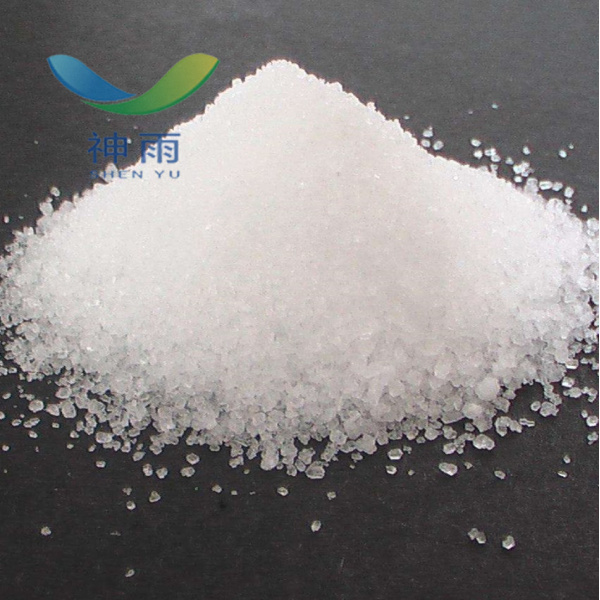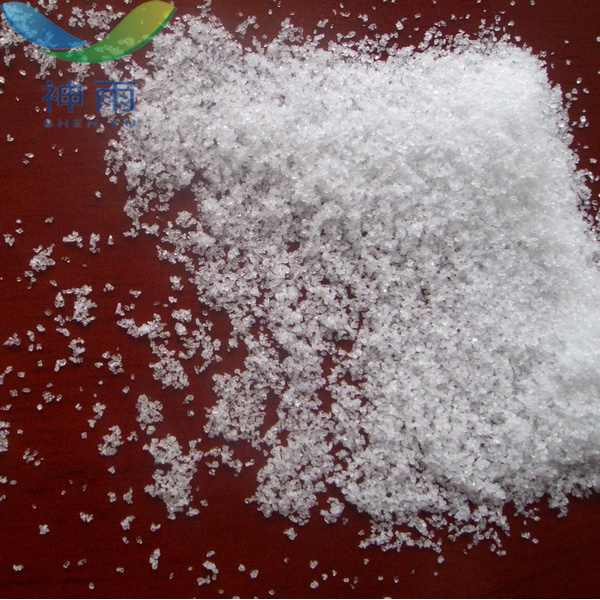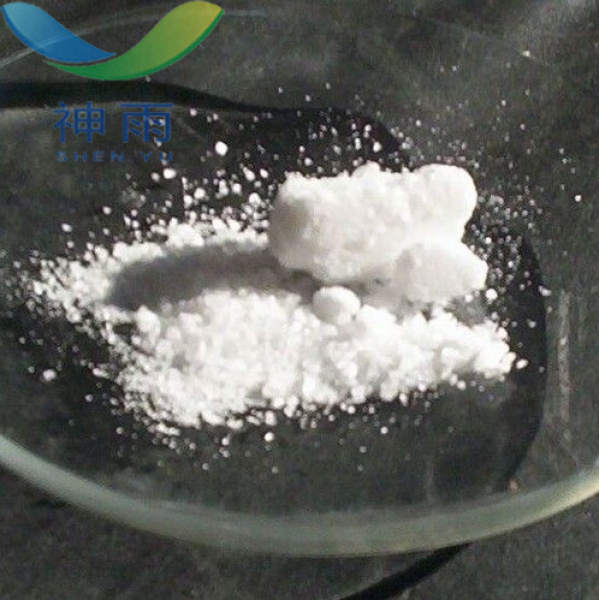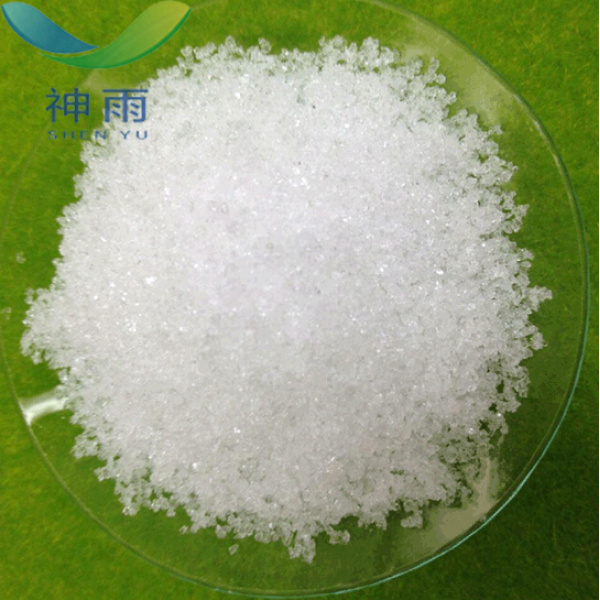Product Description
High Purity Potassium Biiodate with CAS No. 13455-24-8
Product Overview
Potassium Biiodate is a colorless diamond or monoclinic crystal. Mixture with organics, reducing agents, sulfur, phosphorus, etc. can form explosive mixtures. Solubility: soluble in water, soluble in alcohol, slightly soluble in cold water, soluble in hot water.
Appearance and traits: white powder. Strong corrosive. Method for preparing potassium hydrogen iodide: Industrial potassium chlorate is dissolved in water under heating in an oil bath, hydrochloric acid is injected and iodine is added immediately, and if there is still yellow, potassium chlorate can be added to make it fade. After the solution was placed, the potassium hydrogen iodate crystals were precipitated by suction filtration. Health hazards: This product is toxic and corrosive. Explosion hazard: The product is flammable, highly corrosive and can cause burns.

Physical Properties
CAS Number: 13455-24-8
Molecular formula: HI2KO6
Molecular Weight: 389.91
EINECS number: 236-650-9
Storage Conditions Store at +5°C to +30°C.
Solubility 13g/l
Morphology
Color White to slightly yellow
PH value 1-2 (50g/l, H2O, 20°C)
Water solubility Soluble in water.
Stable, but may be light sensitive. Oxidizer - contact with combustible material may cause fire. Incompatible with strong oxidizing agents, powdered metals.
Application
Often used as an analytical reagent
Calibration base standard. Used as an oxidant
First-aid
Skin contact: Immediately remove contaminated clothing and flush with plenty of running water for at least 15 minutes. Get medical attention.
Eye contact: Immediately lift the lid and rinse thoroughly with plenty of running water or saline for at least 15 minutes. Get medical attention.
Inhalation: Quickly escape from the scene to fresh air. Keep the airway open. If breathing is difficult, give oxygen. If breathing stops, give artificial respiration immediately. Get medical attention.
Ingestion: Rinse mouth with water and drink milk or egg white. Get medical attention. [2]
Protective measures
Respiratory protection: When you are exposed to dust, you should wear a self-absorbing filter dust mask.
Eye protection: Wear chemical safety goggles.
Physical Protection: Wear protective clothing.
Hand protection: Wear rubber gloves.
Other protection: After work is completed, showers are changed. Maintain good hygiene habits. [2]
Fire-fighting measures
Hazardous characteristics: Mixture with organics, reducing agents, sulfur, phosphorus, etc., can form explosive mixtures. Has a strong corrosive nature.
Hazardous combustion products: Hydrogen iodide, potassium oxide.
Fire-fighting methods: Spray water to cool the container. If possible, move the container from the fire to an open space. Extinguishing agent: water spray, sand. Mixing with flammable materials in a fire can explode. Firefighters must operate in an explosion-proof shelter. Do not spray water directly onto the melt to avoid causing a serious drooling fire or causing violent boiling splashes. [2]
Emergency response
Emergency treatment: Isolation of contaminated areas and restricted access. Cut off the fire. It is recommended that emergency personnel wear a dust mask (full face mask) and wear protective clothing. Do not touch the spill directly. Do not allow spillage to come in contact with reducing agents, organics, flammables, or metal powders.
A small amount of leakage: Rinse with plenty of water, dilute the washing water, and put it into the wastewater system.
A lot of leakage: covered with plastic sheeting and canvas. It is then collected or shipped to a waste disposal site for disposal. [2]
Handling and storage
Operational Notes: Closed operation, enhanced ventilation. Operators must be specially trained to strictly observe the operating procedures. It is recommended that operators wear self-priming filter-type dust masks, chemical safety glasses, rubber-cloth protective clothing, and rubber gloves. Keep away from fire and heat sources and smoking is prohibited in the workplace. Keep away from flammable and combustible materials. Avoid dust. Avoid contact with reducing agents. It should be lightly loaded and unloaded during handling to prevent damage to the packaging and containers. Equipped with the appropriate types and quantities of fire-fighting equipment and emergency response equipment. Empty containers may be harmful residues.
Storage Notes: Store in a cool, ventilated warehouse. Keep away from fire and heat sources. Package sealed. It should be stored separately from the combustibles, reducing agents, and food chemicals. Avoid mixing. Storage areas should be equipped with suitable materials for containment and leakage.
Other related items of our company:
1. Basic Organic Chemicals
2. Inorganic Chemicals
3. Pharmaceutical Intermediates
4. Daily Chemicals
5. Active Pharmaceutical Ingredients







.png) Contact Now
Contact Now
